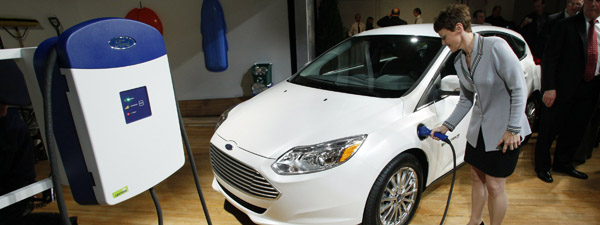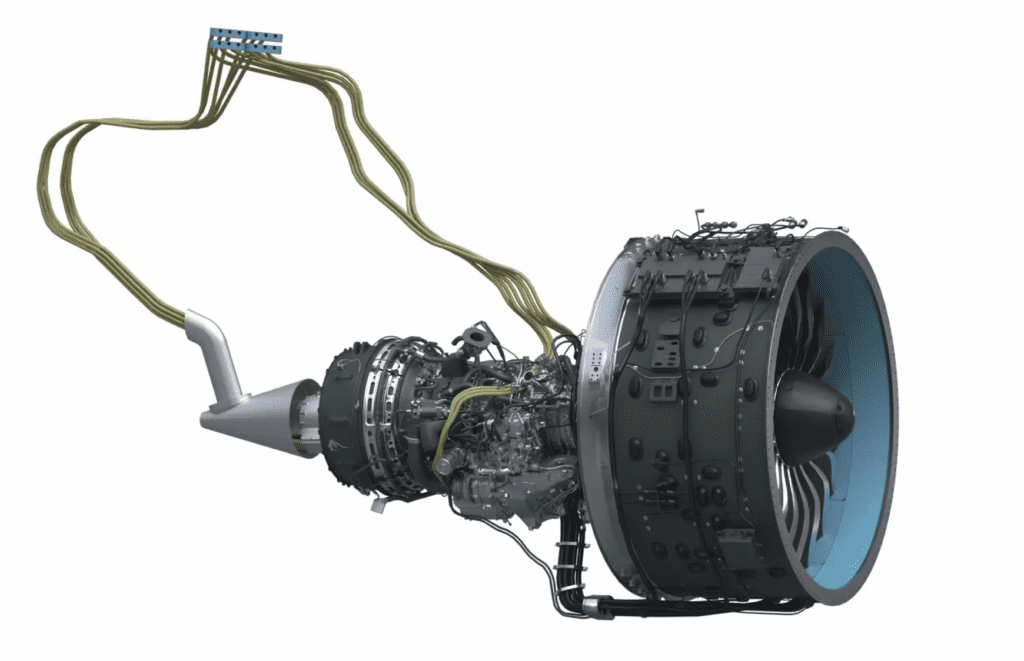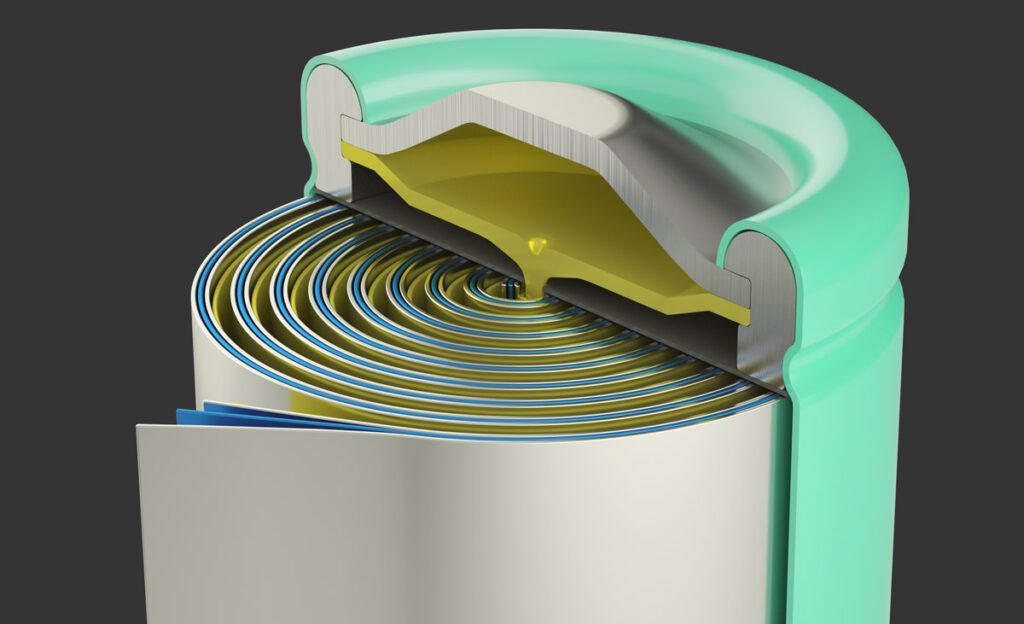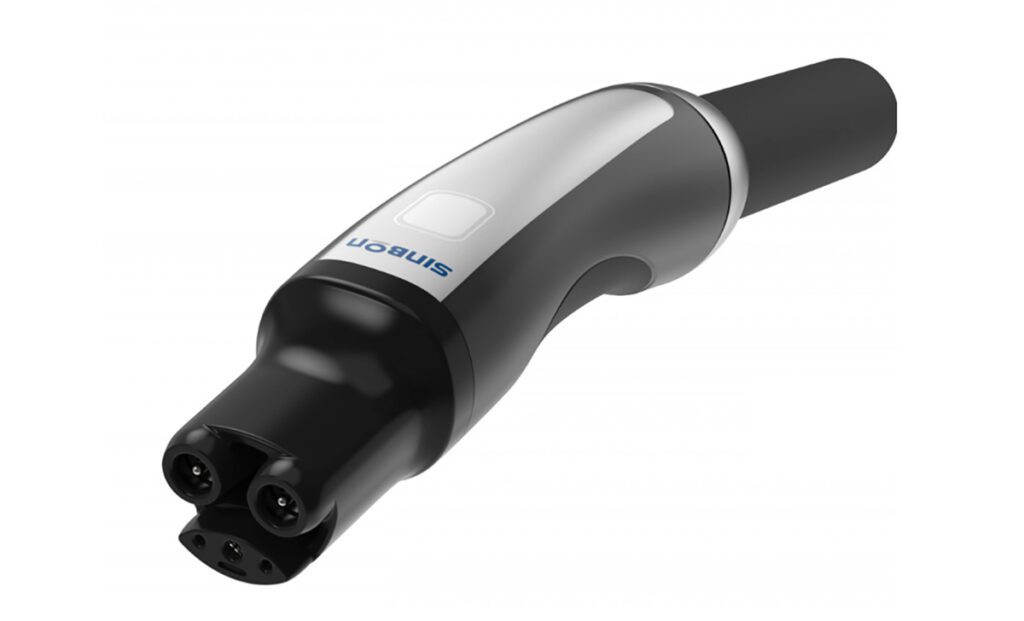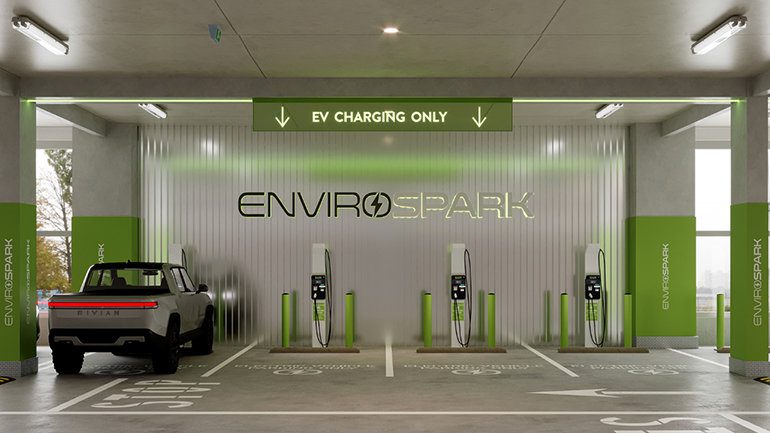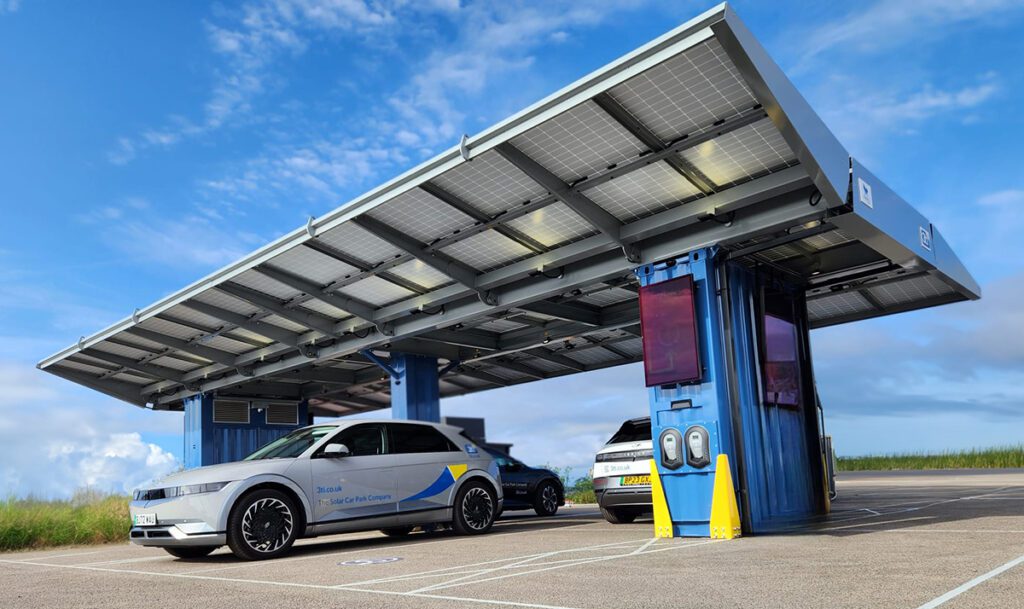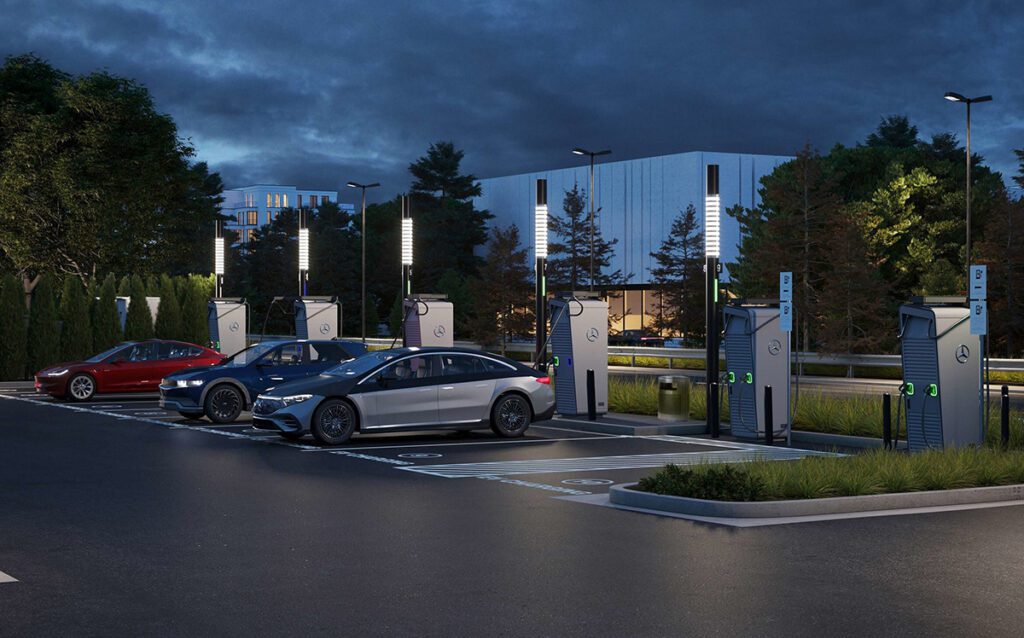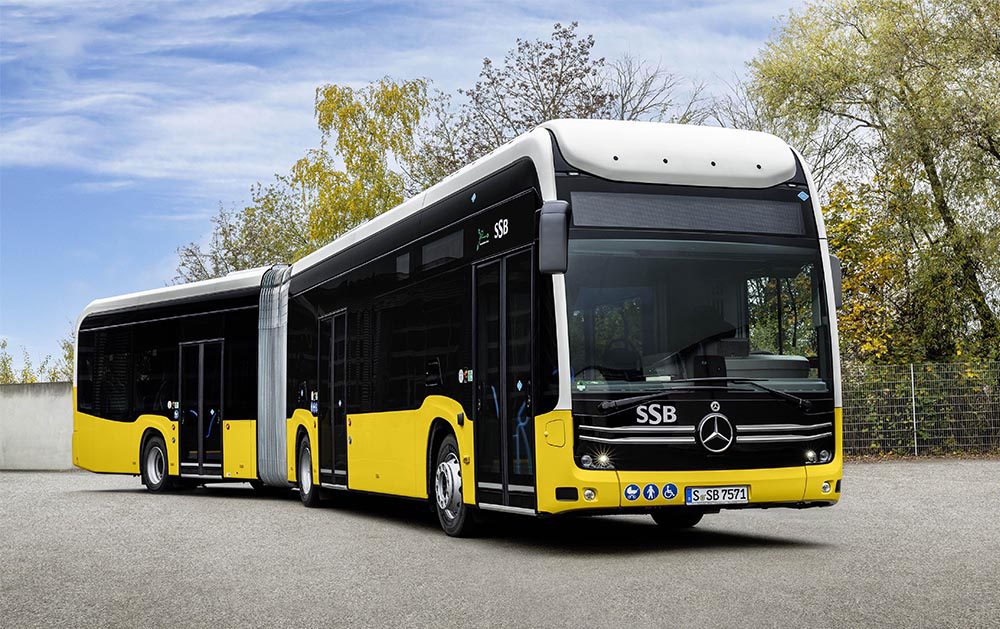A fleet of auto industry experts took a look in their crystal balls, and discussed their findings at the Automotive Megatrends conference in Dearborn, Michigan
Last week, a fleet of auto industry experts took a look in their crystal balls, and discussed their findings at the Automotive Megatrends conference in Dearborn, Michigan. 60 speakers addressed various automotive issues, including the developing market for EVs. As Michigan news site MLive.com reported, opinions varied, but no one is predicting any sudden electric boom. Nearly all the commentators agreed that costs need to decline before EVs become mainstream, and that they will remain a niche market for some years.
“We think this is more of a marathon than a sprint,” said Ford’s Mike Tinskey.
According to Thilo Koslowski, lead automotive analyst for market research firm Gartner, the 18,000 electric vehicles sold in 2011 represented only 0.14 percent of the market. He predicts by the end of this year, that market share will grow to 0.74, or about 100,000 vehicles. “That’s a pretty tiny share, but this is a fairly new market, so it’s not unheard of.”
“Electric service (household electricity) took 50 years to get into all the homes out there in the US,” said Earl Bloom, of battery maker Dow Kokam. “You think it would have been a lot quicker. So again, we have to look at infrastructure, cost and means.” Bloom predicted a virtuous cycle of higher production leading to lower costs, and noted that personal computers remained a niche market less than 20 years ago. “These are relatively simple technologies compared to electric cars and trucks.”
Michael Muzzin of Axeon Power seconded that sentiment, pointing out that PHEVs such as the Volt have more than 300 major components, compared to advanced gasoline engines, which have around 100. “We’re still seeking out those best ideas and those best technologies,” he said, adding that more standardization would reduce complexity, and increase integration. “The answers haven’t been found yet because we’re not even at the point where we are asking the right questions yet.”
Image: Ford







